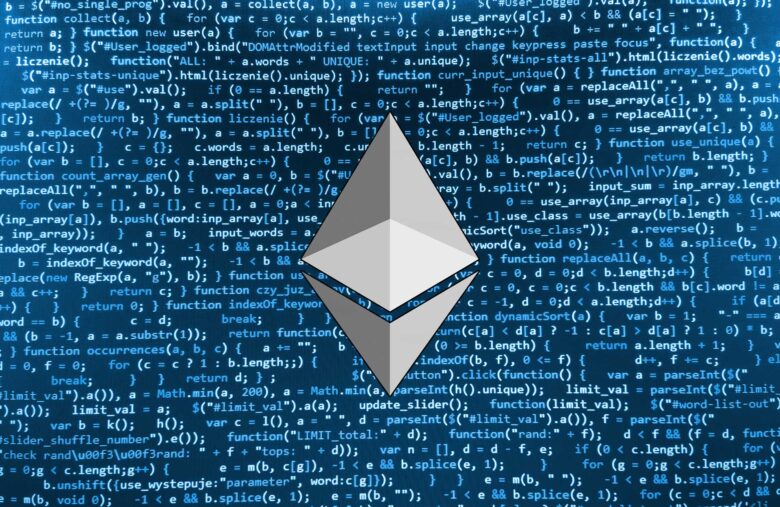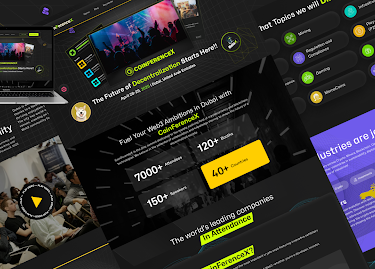All about solidity programming language you need to know

Solidity is a programming language for writing smart contracts on the Ethereum blockchain. It is a statically-typed, contract-oriented language that is similar in syntax to JavaScript. Solidity allows developers to write decentralized applications (dApps) that can be executed on the Ethereum Virtual Machine (EVM). These dApps can interact with the Ethereum blockchain and other smart contracts, allowing for the creation of decentralized autonomous organizations (DAOs) and other decentralized systems.
Use cases of Solidity
Solidity is primarily used for writing smart contracts on the Ethereum blockchain. Smart contracts are self-executing contracts with the terms of the agreement written directly into code. When conditions of the contract are met, the contract automatically executes the agreed upon actions.
Some common use cases of Solidity include:
- Decentralized finance (DeFi) applications: Solidity can be used to create decentralized versions of traditional financial instruments, such as loans, insurance, and derivatives.
- Supply chain management: Solidity can be used to create smart contracts that automate supply chain processes, such as tracking goods through the supply chain and managing inventory.
- Gaming: Solidity can be used to create decentralized and blockchain-based games, such as trading card games and prediction markets.
- Voting systems: Solidity can be used to create decentralized voting systems that are transparent and tamper-proof.
- Identity and reputation management: Solidity can be used to create decentralized systems for managing identities and reputations on the blockchain.
In summary, solidity is a programming language for writing smart contracts for decentralized applications on the Ethereum blockchain and can be used to create decentralized versions of traditional financial instruments, supply chain management, gaming, voting systems and identity management.
Example of Solidity
pragma solidity ^0.8.0;
contract SimpleStorage {
uint storedData;
function set(uint x) public {
storedData = x;
}
function get() public view returns (uint) {
return storedData;
}
}
This contract, called “SimpleStorage,” has a single variable called “storedData” of type “uint” (unsigned integer), and two functions called “set” and “get.”
The “set” function is marked “public,” which means that it can be called by any external account. When called, it sets the value of “storedData” to the input value “x.”
The “get” function is also marked “public” and “view,” which means that it can be called by any external account and it doesn’t modify the state of the contract. When called, it returns the current value of “storedData.”
This contract can be used to store a single value on the Ethereum blockchain and get it back later. To interact with this contract, you would use a tool like a Web3 interface, like MetaMask, to call the “set” and “get” functions and pass in the necessary input values.
This is a very simple example, you can find more complex examples on the web and solidity documentation, where you can find more information on how to write smart contracts with more advanced features like inheritance, events, and more.
Founder of Solidity
Solidity was developed by Gavin Wood, Christian Reitwiessner, Alex Beregszaszi, and several other contributors. The development of the language began in 2014 at Ethereum, a decentralized platform that runs smart contracts. The first version of Solidity was released in 2015, and the language has continued to evolve since then with regular updates and improvements. Gavin Wood is one of the co-founders and a former CTO of Ethereum.
Future of Solidity
The future of Solidity, like any technology, is uncertain and it will depend on various factors such as the success of Ethereum and the continued development of the language. However, it is currently one of the most widely used programming languages for writing smart contracts on the Ethereum blockchain.
One of the key factors that will influence the future of Solidity is the growth and adoption of the Ethereum blockchain. As more organizations and businesses begin to adopt Ethereum and build decentralized applications, the demand for Solidity developers will likely increase.
The Ethereum community is also working on upgrades to the Ethereum blockchain, such as Ethereum 2.0 (also known as Serenity), which aims to improve the scalability, security, and sustainability of the network. These upgrades could make Ethereum more attractive to developers and businesses, which could in turn lead to more demand for Solidity.
Additionally, Solidity is an open-source project, and the community is continuously working to improve the language and its ecosystem, adding new features, fixing bugs, and improving the overall user experience.
In summary, the future of Solidity is dependent on the growth and adoption of the Ethereum blockchain. As long as Ethereum continues to grow and evolve, and the Solidity community continues to improve the language and its ecosystem, it will likely remain a popular choice for developers building decentralized applications on the Ethereum blockchain.



